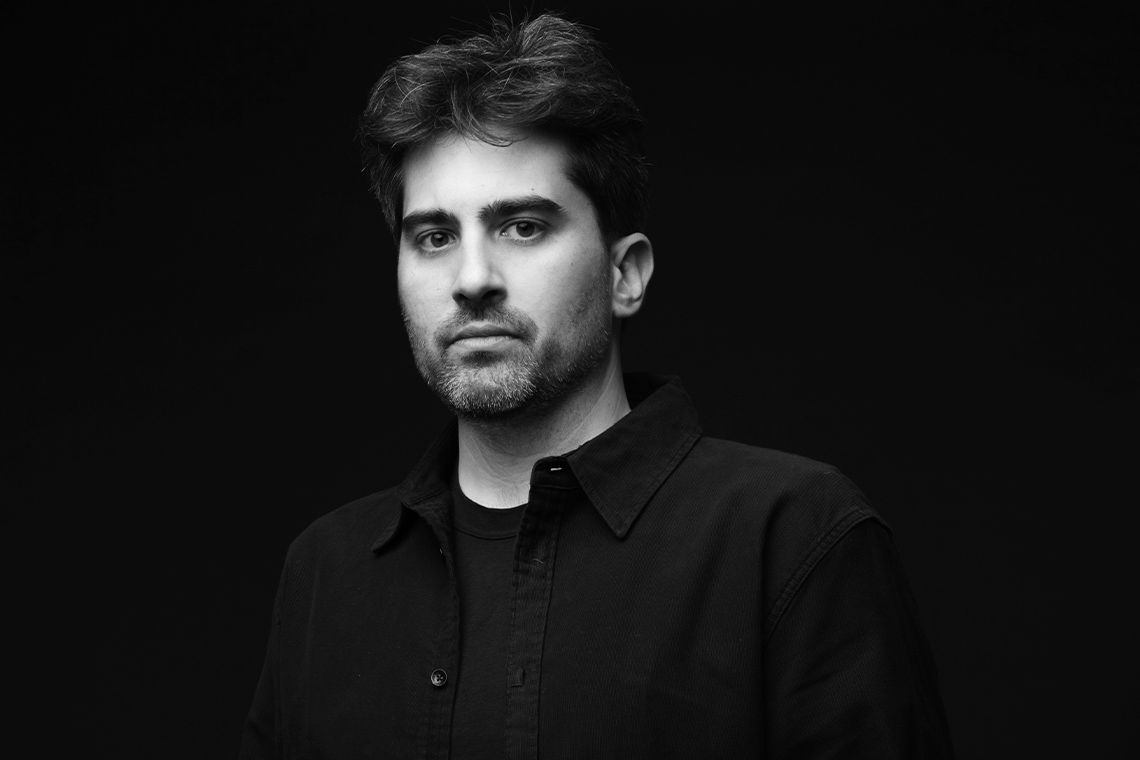Taymour Grahne shares with Canvas about the new Taymour Grahne Projects space in Dubai, aiming to cultivate new relationships in the Middle East.
Canvas: Can you speak to your connection to Dubai and why opening a gallery here feels like a “homecoming”?
Taymour Grahne: Dubai is a city I have returned to regularly for decades to visit family, friends, and engage with its vibrant art scene, including Art Dubai. I am returning to a place I love, where I am surrounded by community.
From the gallery’s earliest days in New York, I’ve worked with collectors, curators, and institutions based in the UAE. Publications like Canvas have championed our program, which has helped grow our presence in the region. I’ve also exhibited artists with strong UAE ties, including Mohammed Kazem and the late Tarek Al-Ghoussein, making this next chapter a natural progression.
I’m also half Arab, my mother is Lebanese and I’m proud to be from the Middle East. I want to contribute meaningfully to the region’s cultural landscape. Having grown up with roots here but building my career in the United States and later in London, this opening truly feels like a homecoming.
With spaces previously in London and New York, why is now the time to open a gallery in Dubai? Why did you choose Alserkal Avenue as the location?
We maintain an office in London and with this expansion we are establishing a strong base between London and Dubai.
Dubai has seen incredible growth over the past few years, making it one of the most cosmopolitan cities in the world, drawing collectors and creatives from across the globe. The region has also seen a major rise in institutions, biennials, and private collections, particularly within the GCC. Furthermore, in a world full of chaos, Dubai is an oasis of calm and stability.
Dubai is also in the Middle of the world, it’s a melting pot of East and West.
Alserkal Avenue is the obvious choice, being the city’s leading gallery hub The strong cluster of galleries, great food and coffee, makes it a cultural destination in itself. Additionally, the Alserkal team offers incredible support, far beyond traditional landlords.
In celebrating your 12th anniversary, what have you learned over the years? What hurdles have you faced?
Over the past 12 years, I’ve learned the importance of having an adaptable mind frame whether shifting locations, building new audiences, or transitioning between physical and digital spaces. Supporting artists long-term and creating thoughtful exhibitions remains the core of what we do.
How will the gallery contribute to the art scene in the UAE?
We’re excited to introduce a diverse international program, including artists from the region and its diasporas, as well as global voices who may be lesser known in the UAE. I look forward to developing new collector relationships, as we all as strengthening existing ones.
Can you tell us a little bit about your roster of artists?
The gallery’s programme presents a roster of artists both international and with a strong foundation in the MENA region and its diasporas. Many of the artists in my program were represented during my time in New York, and several have works in major institutional collections. There is a long history and in-depth relationship with the artists in my roster. These are artists who have consistently been producing thought-provoking work, exploring themes of identity, history, nature and personal narratives across painting, installation, sculpture, photography and film.
How will this opening help shape the future of Taymour Grahne Projects?
The Dubai space marks a new chapter. It expands our audience in the Middle East, reinforces our commitment to the region and offers an anchor that complements our existing presence in London and online.
What can you tell me about your first show at the gallery with Gail Spaien?
Gail, a Maine-based artist in her 60s, is someone I have been working closely with for a few years. Her paintings are of observed and imagined places that call attention to a tradition of craft and beauty that highlight, through their making, practices of slowness and care. Spaien’s use of decorative patterning and off-kilter perspectives invite the viewer into a conversation around concepts of home and discrepancies between utopia and reality while celebrating a tradition of hand-making that reflects the possibility of a kinder, gentler existence.
She draws inspiration from diverse sources such as Hayao Miyazaki or Walt Disney, to the symbolism of Dutch Still Life paintings. Drawing inspiration from the landscapes, gardens and vernacular architecture of seaside New England, Spaien’s work features the cottage as a site of contemplation, rest, and contact with nature. Her inaugural Dubai exhibition, Arranging Flowers, will open in September and offer a meditative and immersive experience.
Do you have any plans for further programming in the UAE beyond exhibitions?
I look forward to participating in Art Dubai and Abu Dhabi Art in the future, two pillars of the UAE’s art scene, and both fairs I have enjoyed participating in in the past.



